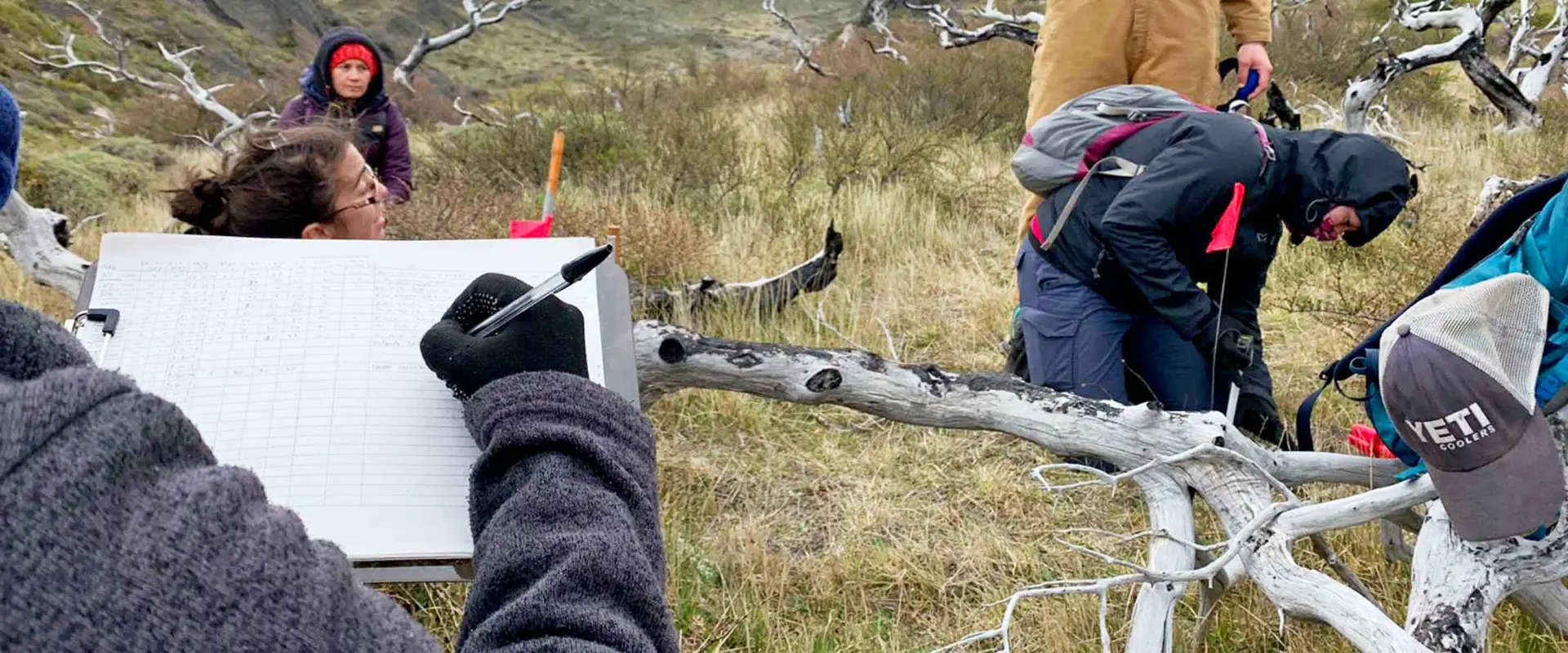
After forest fires scorched Torres del Paine’s landscape, reforestation efforts are bringing forth new life and helping to rehabilitate the park Torres del Paine National Park in Chile is known to many as the 8th wonder of the world. With granite peaks that pierce the wind-blistered sky and glaciers that...
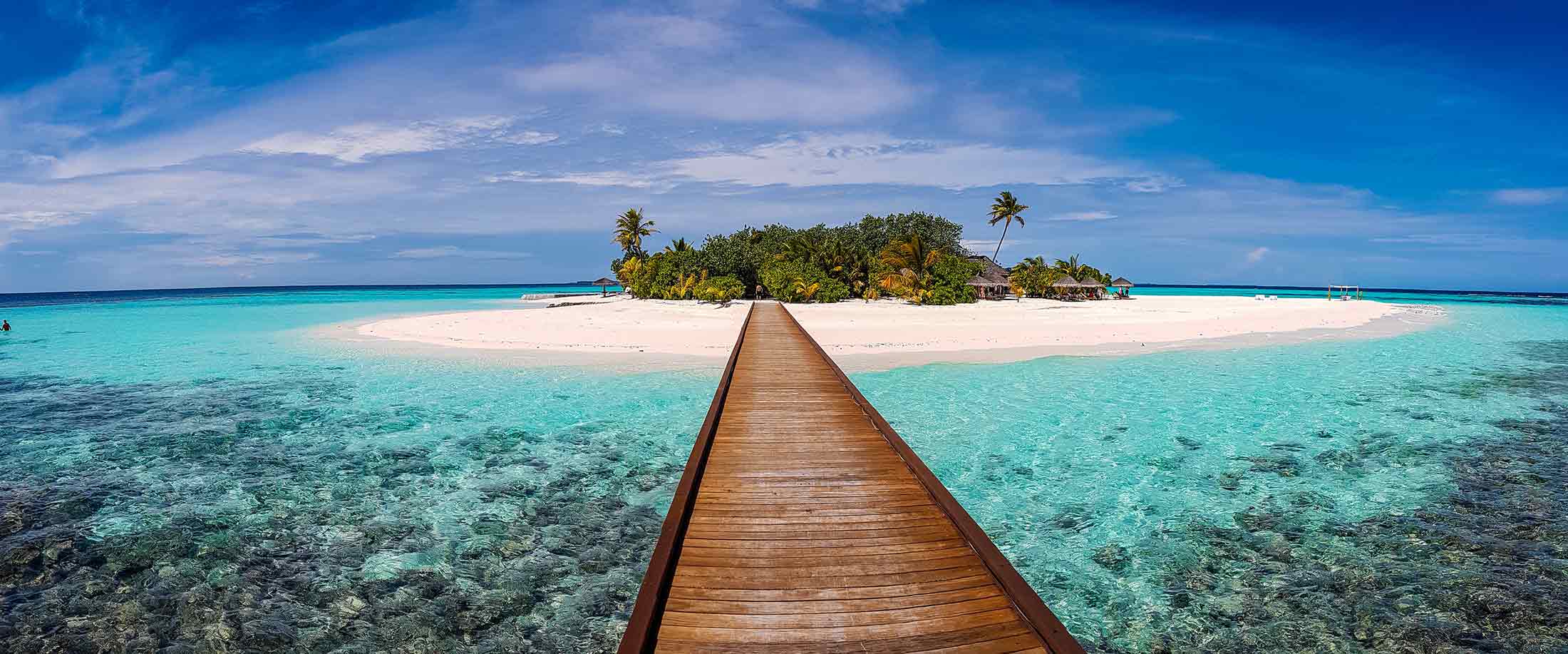
An online course to foster sustainable tourism development and policy-making in small island developing states As one of the fastest growing sectors in the world, tourism is a key economic factor for many Small Island Developing States (SIDS). However, the size and geographic location of SIDS results in many vulnerabilities...
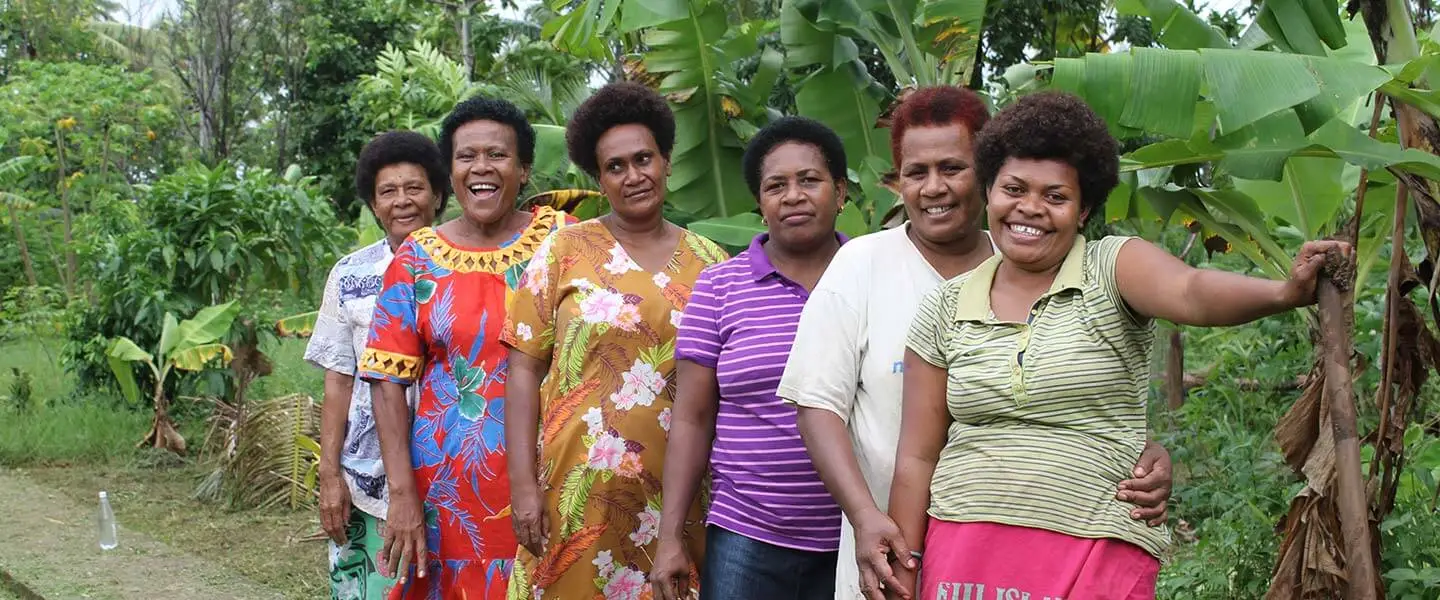
The islands of the Pacific are a popular destination for many travelers looking to trade in city life for secluded beaches, cultural authenticity and stunning natural environments. While the small size and remoteness of these destinations makes for ideal getaways, these characteristics also bring along many challenges. Visitors often put...
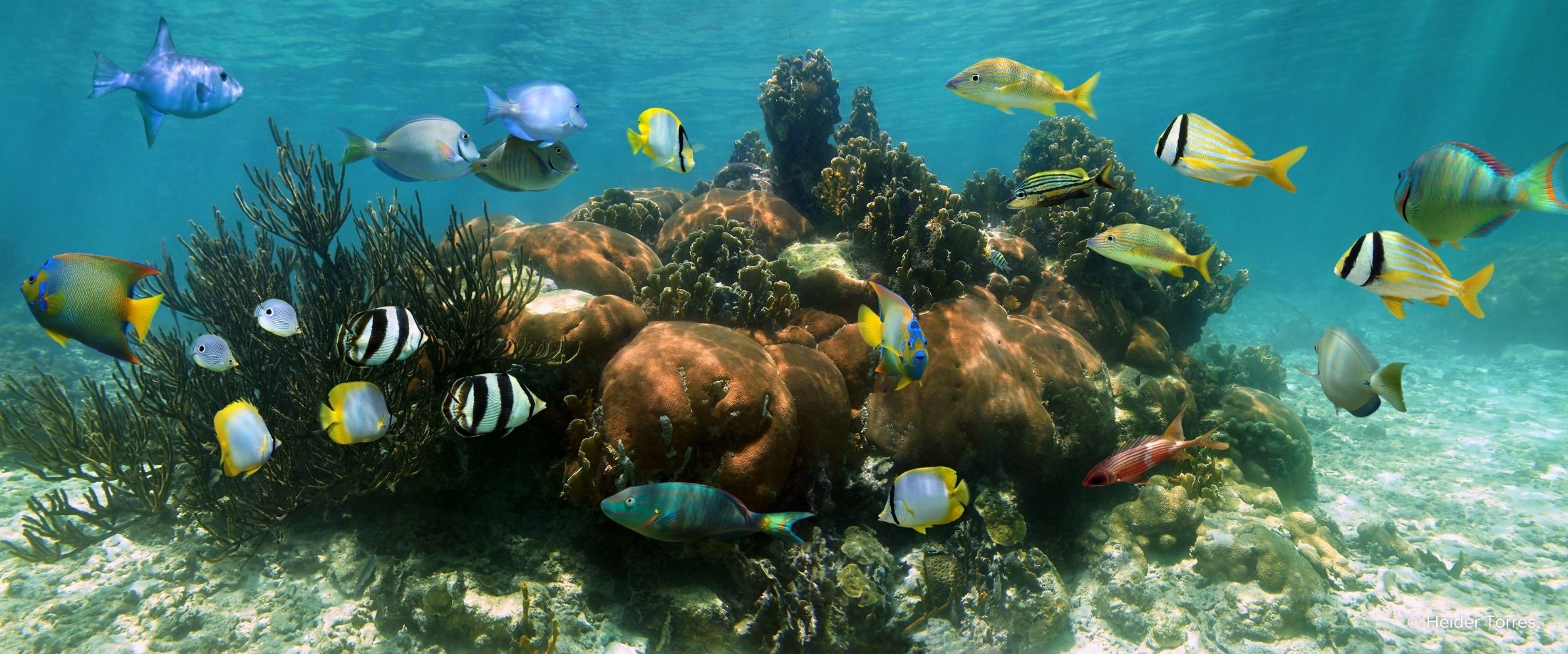
The Mesoamerican Reef Tourism Initiative (MARTI) worked in destinations bordering the world’s second-largest reef system to maintain a vibrant tourism industry that supports local communities and contributes to a healthy ecosystem. Stretching for 600 miles (965 kilometers) along the coast of Mexico, Belize, Guatemala, and Honduras, the Mesoamerican Reef is...
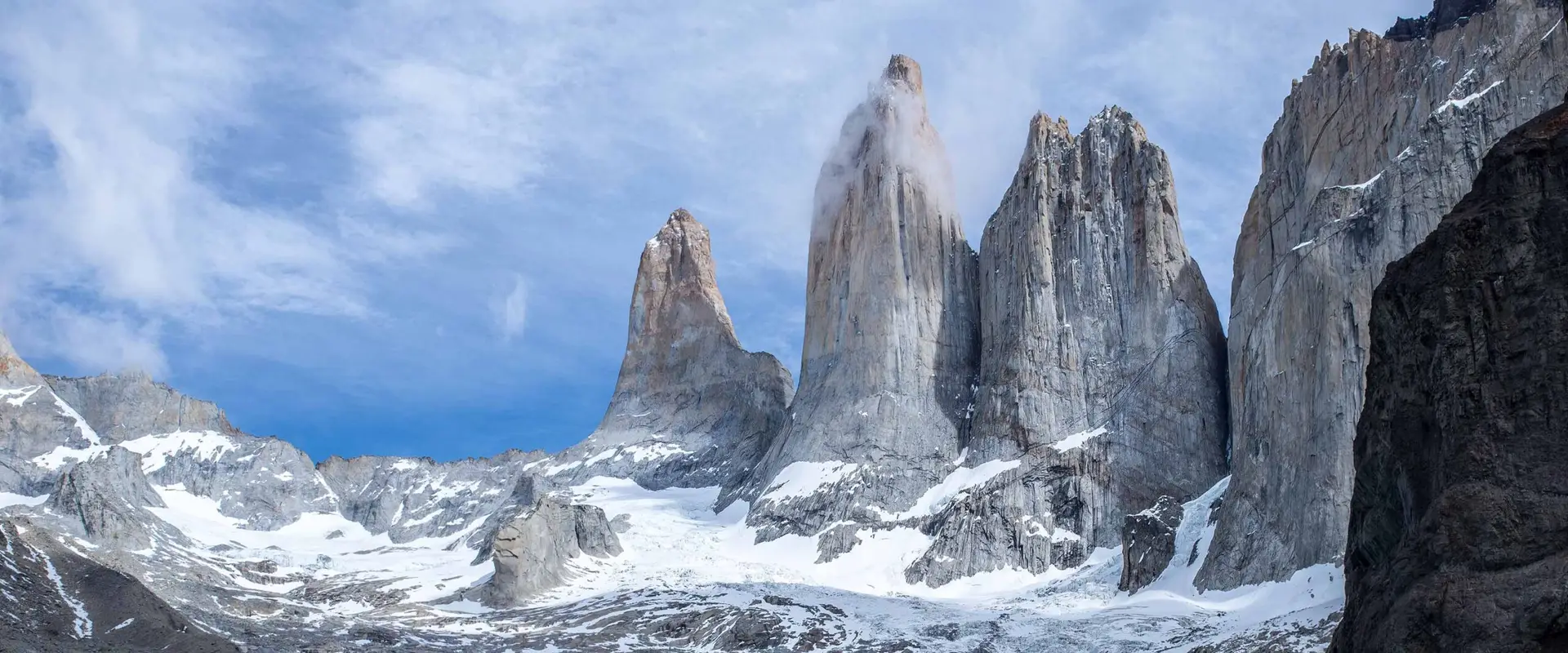
The most popular of Torres del Paine’s trekking routes is the Base Torres trail. And for good reason. After traversing through plunging valleys and rocky slopes, adventurers are rewarded with a breathtaking view of the park’s centerpiece – the “Towers of Paine. These three iconic granite spires tower high above...

Implementing an island-wide resident survey to gauge community perceptions of tourism Employing 1 in 10 people globally, tourism has the potential to benefit a large number of people. By creating jobs, driving infrastructure improvements, and promoting inclusive growth, tourism is a powerful tool to fight poverty and foster community development....